Introduction to the classification of Colombian coffee beans description of flavor and taste characteristics of Colombian coffee varieties

Coffee cultivation in Colombia
Colombian coffee has a rich and thick aroma, clear acidity, high balance and endless aftertaste. The production of such high-quality coffee is due to the ideal growing environment in Colombia.
Colombia is located in northwestern South America, and coffee is grown in the Andes. From the map, we can see that the Colombian coffee producing area is like a cat's paw, slipping three marks in the western part of the country. Due to the wide distribution of planting areas, different geographical factors and climatic characteristics will form different seasons of coffee production, Colombia can be said to have a coffee harvest all the year round.

There is a very important coffee growing area along the central mountains, with Medellin Medellin, Almenia Armenia and Manisales Manizales. The locals call it MAM, which is also translated as the Golden Triangle of Coffee. Among them, the coffee in Medellin is of the highest quality, with full particles, rich aroma, soft sour and sweet, suitable for deep roasting and mellow aroma, which is deeply loved by coffee lovers.
Located in the eastern part of the mountain range, Santander is the best known Santander region, located in the northern part of Colombia, with a dry climate and growing between 1400 and 1600 meters above sea level. Most of the local coffee trees are planted in the forest, with proper shade, so that the ripening period of coffee fruit is longer, fertile soil and significant temperature difference. The coffee produced here mainly shows strong aroma, long-lasting sweet and unique aroma of vegetation. The Rose Valley on the front street bean list is produced in Santander, and its pleasant peach flavor is loved by many female guests.
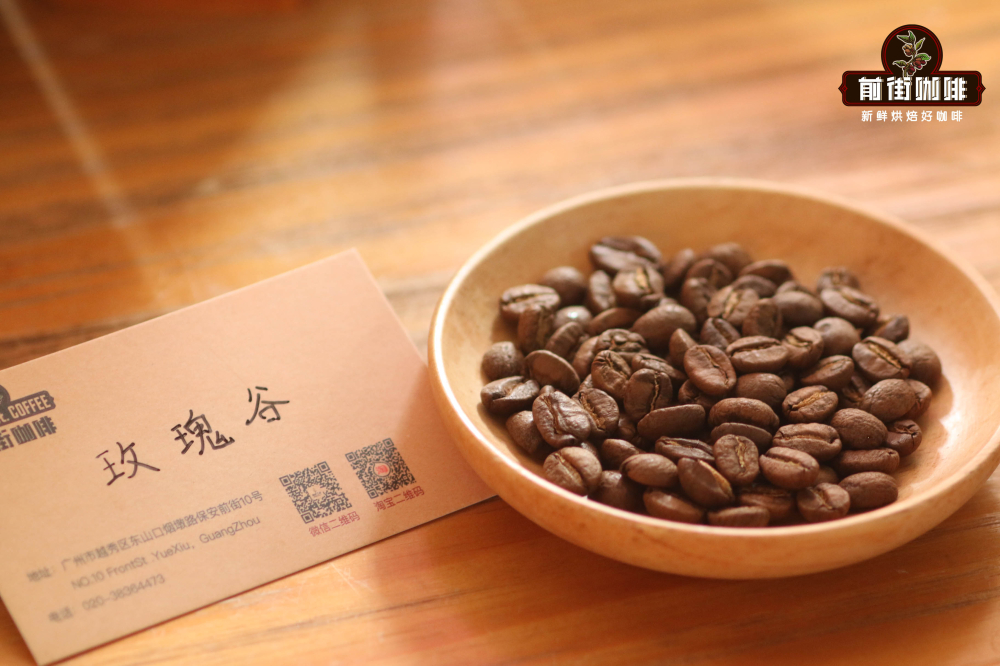
Front Street Coffee: Columbia Rose Valley Coffee beans
Producing area: Santander producing area
Manor: big Tree Manor
Treatment: anaerobic enzyme washing
Altitude: 1700m
Variety: Kaddura
Cooking flavor: rose, peach, wine chocolate, cream, cranberry
Whelan Huila, located in southern Colombia, is one of the important local boutique coffee growers, accounting for 12% of Colombia's total coffee production. It is surrounded by a variety of hills, more than 1500 meters above sea level, and the Columbia River flows here, providing sufficient water resources for the growth of coffee trees. Different from the traditional Colombian coffee classic mellow flavor, Huilan producing area is mainly micro-batch coffee provided by small farmers, different microclimate and different raw bean treatment methods, coffee flavor presents its own characteristics. Qianjie believes that washed Whelan coffee best represents the basic flavor of Colombian coffee, so it is added to the rations bean series.

Front Street Coffee: Columbia Huilan Coffee beans
Producing area: Cymbidium
Altitude: 1500-1800 m
Treatment: washing
Variety: Kaddura
Flavor: nuts, dark chocolate, caramel, soft fruit acid
Colombian coffee variety
Colombia, as one of the largest producers of high-quality coffee in the world, naturally grows many varieties of coffee, mainly six major coffee varieties.

Kaddura is the most widely cultivated coffee variety in Colombia. it is a natural variety of bourbon and is similar in flavor to bourbon. Kaddura's coffee tree, which needs no shade, has many branches and therefore has a high yield, and its shape is short and easy to pick. It was introduced in Colombia in 1952 and has been widely planted since the 1960s.
At the end of the 16th century, the variety of iron pickup was introduced into Colombia and has a long history. Iron pickup has elegant flavor, light flower aroma, high-quality sour and sweet, but poor disease resistance, so the yield is low, so most coffee farmers choose higher-yielding coffee varieties. The variant bourbon of Ironpickup, with a fresher and cleaner acid in flavor, was introduced into Colombia relatively late and was not widely cultivated.
In view of the serious impact of leaf rust, Cenicafe, a Colombian research institute, crossed Kaddura and Tim varieties in 1982 and developed Colombian coffee, which has strong resistance to leaf rust and high yield. however, the performance on the cup test is not as good as that of Kaddura and is generally used for commercial blending.
The new generation varieties Castillo Castillo and Tabi Tabi are jointly developed by the Colombian Coffee producers Association FNC and the Research Center. Due to high resistance and continuously optimized flavor quality, the Colombian government began to promote planting in 2005.
Colombian coffee grading
Coffee beans exported from Colombia have to be manually screened for defective beans and then packaged and exported after layers of strict inspection. Goran's raw bean grade is based on defect rate and bean size, as shown in the following figure, in which the highest grade is super supreme, coffee particles are the largest and fullest, 95% are more than 17 mesh, and no more than 8 defective beans can be found in 500g raw bean samples. Pick out more than 18 items of coffee beans in supreme, that is, Supreme18+.
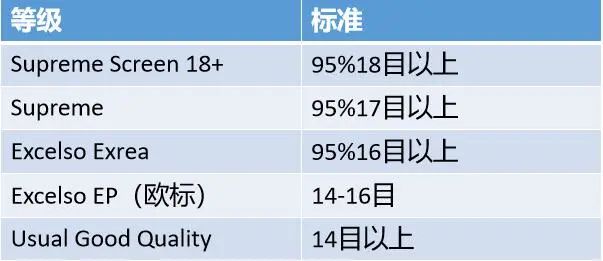
Treatment method
Colombian coffee is mostly washed, and small farms are equipped with machines to remove the skin and flesh of coffee. Farmers pour coffee cherry picking into it, add a small amount of water, then put a small amount of pectin shell beans into a small tile pool or container, ferment overnight, let the pectin layer fall off, then rinse with clean water, and then put it outside to dry naturally. If the weather is affected by rain, the local people will use a drying machine and put it at a constant temperature in a space of 50 degrees Celsius to dry until the water content reaches the requirement before packing and storage.
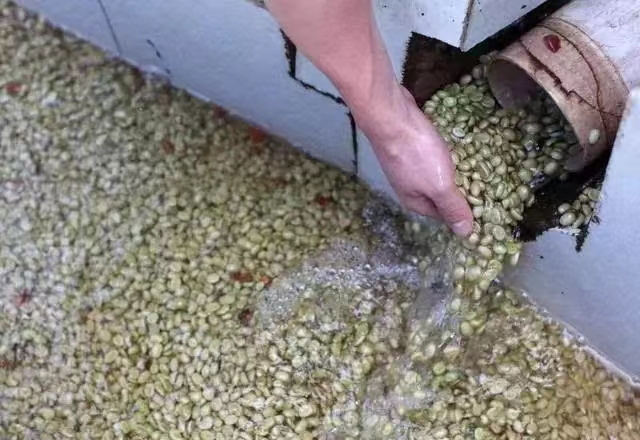
The rations beans in Whelan, Colombia, in the front street are washed with water. Qianjie believes that water washing can best show the basic flavor of the production area, and the sun and other treatments are to add fermented flavor on the basis of washing. As micro-batches of boutique coffee become more and more popular, many small farms in Colombia will adopt some relatively new treatments. For example, the coffee beans on the Qianjie bean list adopt the method of anaerobic sun treatment, that is, the coffee fruit is first anaerobic fermented, and then dried by the sun. It should be noted that the temperature controlled by anaerobic fermentation must be lower than 10-15 degrees Celsius. Coffee beans should be fermented for three days without oxygen in a closed and clean stainless steel fermentation container.

In addition, there is another way to make coffee fermented aroma more prominent, anaerobic enzyme washing. Put the selected coffee cherries in a closed environment, inject carbon dioxide to exhaust oxygen, add special enzymes in the fermentation process, slow down the decomposition rate of sugar in coffee pectin in an oxygen-free environment, PH also decreased more slowly, prolong the fermentation time, so as to develop a better sweetness and more balanced flavor of coffee. After the completion of fermentation, the coffee fruit is washed again.
Cooking reference
Washed Huilan food beans, the flavor of nuts, dark chocolate as the main tone, so Qianjie baker will choose medium baking.
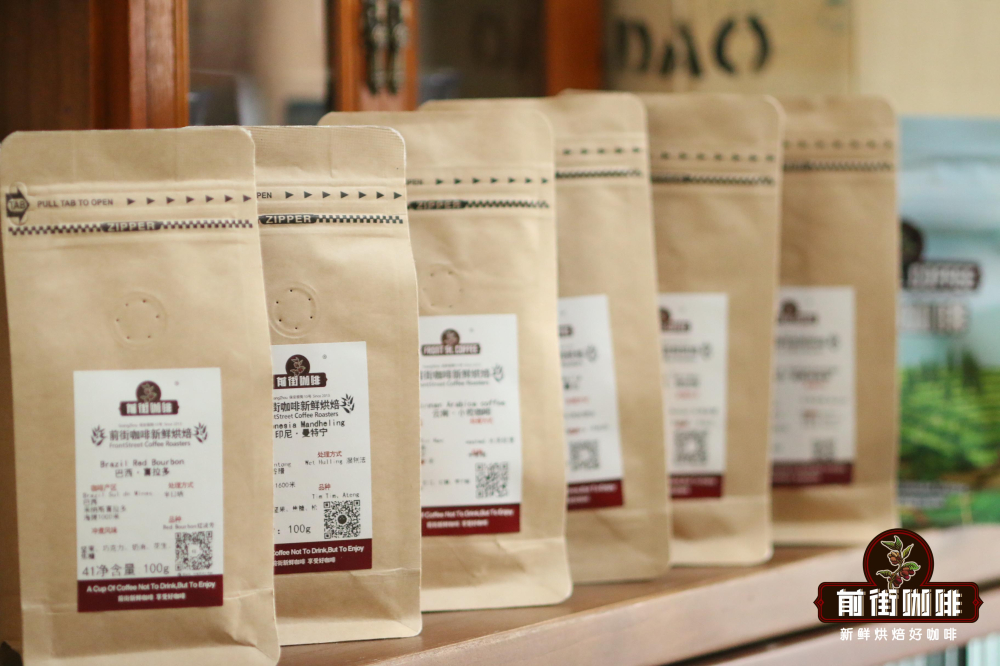
In brewing, Qianjie believes that the selection of freshly roasted coffee beans is the first condition, and coffee beans will enter the best taste period 4-7 days after roasting. If the coffee beans are placed for too long, the aroma will be accelerated after the best taste period, so it is difficult to restore the flavor and taste of coffee. Qianjie knows the importance of this freshness, so the shipments are all 5-day fresh baked batches so that everyone can receive them and taste them.
The cooking parameters of Qianjie this time are: Hario V60 filter cup, 89 ℃ water temperature, 15g powder quantity, powder-water ratio at 1:15, fine grinding in use (75% pass rate of Chinese standard No. 20 sieve). In the brewing and cooking technique, three-stage extraction is adopted, the coffee powder is poured into the V60 filter cup, the powder bed is wet with twice as much water as the coffee powder, forming a drum and steaming for 30s, then the small water flow is injected in a circle from inside to outside to 125g, wait for the powder bed to drop to the position of half of the filter cup, and continue to pour the same fine water into the third stage to 225g, until all the coffee juice is filtered and the filter cup is removed for about 2 minutes.

After brewing, the Huilan grain beans taste more balanced and sweet, with aromas of dark chocolate, nuts and caramel in the mouth, and a soft sense of fruity when the temperature drops.
Professional coffee knowledge exchange more coffee bean information please follow the coffee workshop (Wechat official account cafe_style)
For more boutique coffee beans, please add private Qianjie coffee on Wechat. WeChat account: qjcoffeex
Important Notice :
前街咖啡 FrontStreet Coffee has moved to new addredd:
FrontStreet Coffee Address: 315,Donghua East Road,GuangZhou
Tel:020 38364473
- Prev
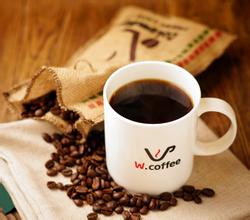
Coffee beans Kenya coffee Kenya AA flavor unique
Kenya coffee is mostly grown at altitudes of 1500- 2100 meters and harvested twice a year. Its main characteristic is the distinct fruit fragrance, the common fruit fragrance is citrus. Kenya coffee has a multi-layered taste and juice acidity, perfect grapefruit and wine flavors, moderate body, and is a favorite of many coffee industry insiders. Kenya Coffee Borrow Hollywood Movies
- Next
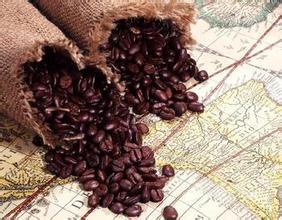
The latest introduction of boutique coffee raw beans Hawaiian Kona coffee
The excellent quality of Kona coffee benefits from the suitable geographical location and climate. Coffee trees grow on the slopes of volcanoes, and their geographical location ensures the altitude needed for coffee growth; the dark volcanic ash soil provides the minerals needed for coffee growth; the climatic conditions are very suitable, and the morning sun gently passes through the steamy air, and in the afternoon, the mountains become more and more.
Related
- Detailed explanation of Jadeite planting Land in Panamanian Jadeite Manor introduction to the grading system of Jadeite competitive bidding, Red bid, Green bid and Rose Summer
- Story of Coffee planting in Brenka region of Costa Rica Stonehenge Manor anaerobic heavy honey treatment of flavor mouth
- What's on the barrel of Blue Mountain Coffee beans?
- Can American coffee also pull flowers? How to use hot American style to pull out a good-looking pattern?
- Can you make a cold extract with coffee beans? What is the right proportion for cold-extracted coffee formula?
- Indonesian PWN Gold Mandrine Coffee Origin Features Flavor How to Chong? Mandolin coffee is American.
- A brief introduction to the flavor characteristics of Brazilian yellow bourbon coffee beans
- What is the effect of different water quality on the flavor of cold-extracted coffee? What kind of water is best for brewing coffee?
- Why do you think of Rose Summer whenever you mention Panamanian coffee?
- Introduction to the characteristics of authentic blue mountain coffee bean producing areas? What is the CIB Coffee Authority in Jamaica?

